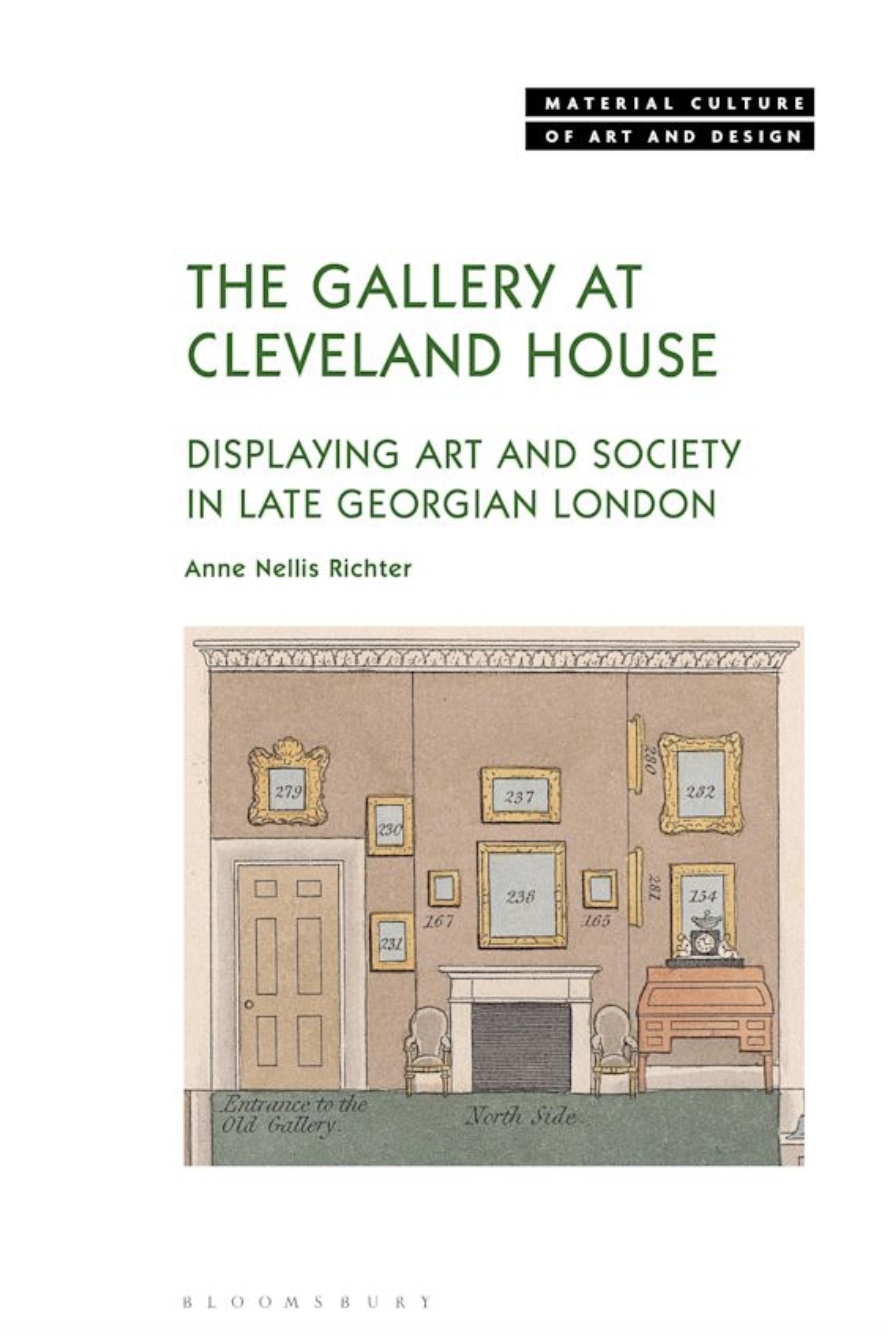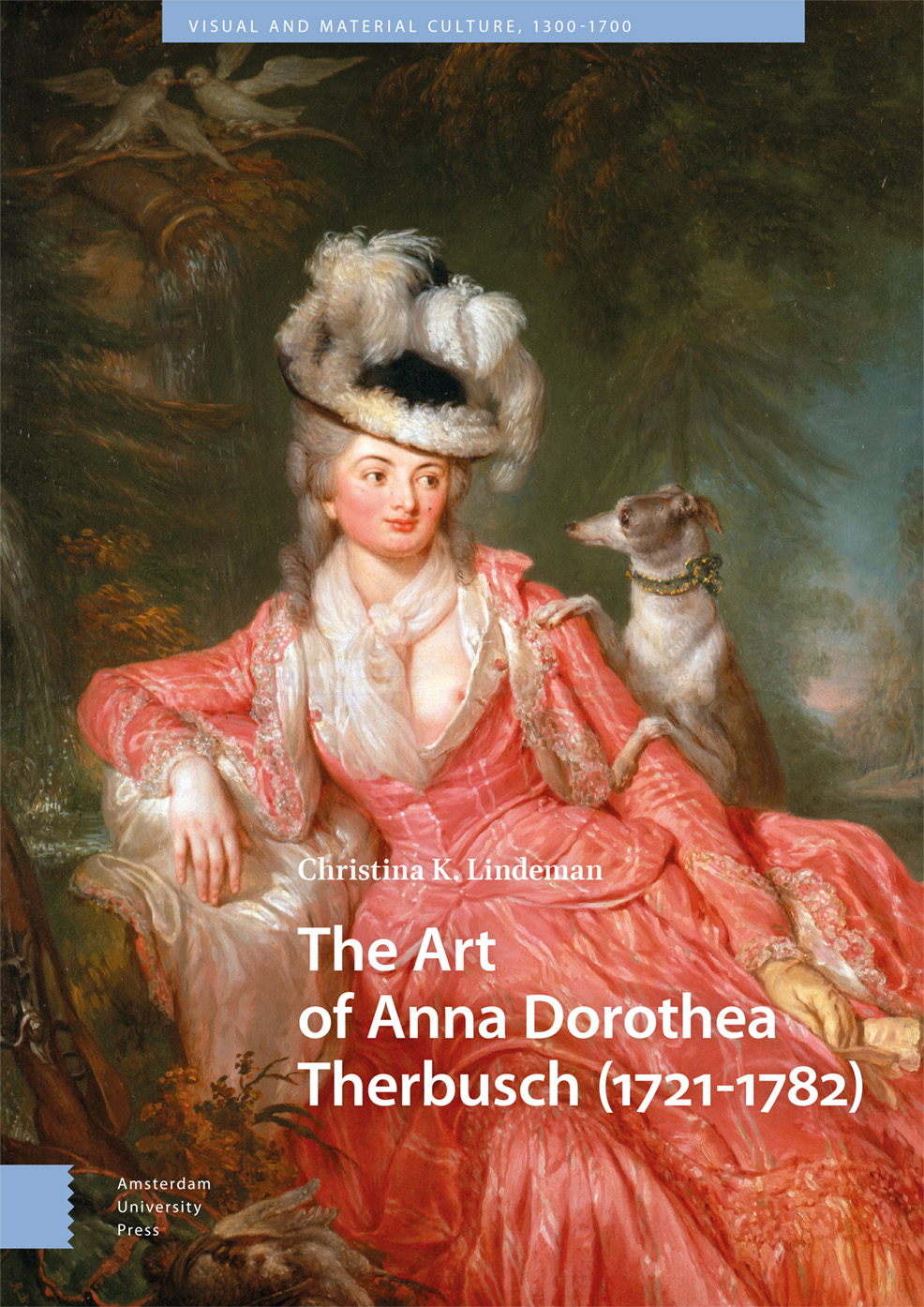Attingham Courses in 2024

View of Versailles with the Royal Stables in the Foreground
(Versailles: Musée Lambinet)
◊ ◊ ◊ ◊ ◊
This year’s Attingham offerings:
The Attingham Summer School, 29 June — 14 July 2024
Applications due by 28 January
The 71st Attingham Summer School, a 16-day residential course directed by David Adshead and Tessa Wild, will visit country houses in Sussex, Buckinghamshire, Oxfordshire, Derbyshire, Northamptonshire, Wiltshire, and Dorset. From West Dean, our first base, we will study, amongst other houses and gardens: the complex overlays of Arundel Castle, the ancestral seat of the Dukes of Norfolk; Petworth House, where the patronage of great British artists such as Turner and Flaxman enrich its Baroque interiors; Parham, a fine Elizabethan house in an unrivalled setting and Standen, an Arts and Crafts reinterpretation of the country house.
In the Midlands a series of related houses will be examined: Hardwick Hall, unique amongst Elizabethan houses for its survival of late 16th-century decoration and contents; Bolsover Castle, a Jacobean masque setting frozen in stone and Chatsworth, where the collections and gardens of the Cavendishes and Dukes of Devonshires span more than four centuries. Other highlights include the superb collections and landscaped gardens at Boughton House, ‘the English Versailles’.
Based in Salisbury, the final part of the course will explore the estates and collections of Dorset and Wiltshire. Our itinerary will include Wilton House, the fine Palladian seat of the Earls of Pembroke, renowned for its state rooms and outstanding art collection; Henry Hoare II and Henry Flitcroft’s magnificent garden at Stourhead, the superlative example of the 18th-century English landscape garden style; and Kingston Lacey, home of the collector, traveller and pioneering Egyptologist William John Bankes, who spent the last fourteen years of his life in exile in Venice, from where he continued to embellish the interiors and add to his significant collections.
◊ ◊ ◊ ◊ ◊
Royal Collection Studies, 1–10 September 2024
Applications due by 11 February
The Royal Collection is one of the world’s leading collections of fine and decorative art, with over one million works from six continents, many of them masterpieces. Working in partnership with The Royal Collection Trust, this ten-day residential course offers participants the opportunity to study the magnificent holdings of paintings, furniture, metalwork, porcelain, jewellery, sculpture, arms and armour, books and works on paper and to examine the architecture and interiors of the palaces which house them.
Based near Windsor, the course also examines the history of the collection and the key roles played by monarchs and their consorts over the centuries. Combining a mixture of lectures and tutorials, visits to both the occupied and unoccupied palaces in and around London and close-up object study, Royal Collection Studies aims to give experienced professionals in the heritage sector a deeper understanding of this remarkable collection.
The course is intended to be interactive, with participants asked to contribute and participate in group discussions. As with all Attingham courses, the group is encouraged to engage with current curatorial debates, questions of display and interpretation and, in this instance, the issues surrounding a working collection. During the course, members find that they build an invaluable network for the ongoing exchange of ideas and expertise.
Royal Collection Studies is organised on broadly chronological principles, developing an understanding of the changing function and character of the British Royal Collection. The course is held when the Royal Family is not in residence and Windsor Castle is the central focus. The programme explores palaces past and present and five centuries of collecting and display, covering all aspects of the collection.
◊ ◊ ◊ ◊ ◊
Attingham Study Programme: Arts and Crafts Houses and Gardens, 16–22 September 2024
Applications due by 11 February
This seven-day study programme will explore the origins and evolution of the Arts and Crafts movement in England by studying the work of its leading architects and designers and considering its influence here and abroad. We will be based in Surrey and Gloucestershire and will examine houses, gardens and collections in Kent, Sussex, Surrey, Oxfordshire, Gloucestershire, Worcestershire, and Herefordshire.
The course will begin with the two influential houses which bookend the architect Philip Webb’s career: Red House, designed for William Morris in 1859–60, and Standen, his most complete surviving work, with its fine collection of original Morris & Co. furnishings, furniture, and decorative arts. We will explore the extraordinary creative partnership between Gertrude Jekyll and Edwin Lutyens at Munstead Wood, where Jekyll’s skill as a designer and horticulturist finds perfect expression in her own garden which clothes the house designed for her by Lutyens. We will also visit Vann, where the architect W D Caröe extended his 16th-century house and commissioned Jekyll to create a water garden in 1911. From Surrey, we will travel to Morris’s country home at Kelmscott Manor and on to Gloucestershire where we will spend time studying the pre-eminent Arts and Crafts collections of The Wilson in Cheltenham. Among the houses and gardens we will explore in this area, are Rodmarton Manor, designed by Ernest Gimson for Claud and Margaret Biddulph, and recognised as the last and greatest of the houses, entirely built and with its furniture made to Arts and Crafts ideals using local materials and craftspeople. At Owlpen Manor, which the architect, Norman Jewson, discovered in a state of near-dereliction and acquired in 1925, in order to repair it and ensure its survival, we will study the Mander family’s wonderful collection. We will then spend a day at two superb and highly contrasting houses near Malvern, the moated 19th-century Madresfield Court, home to the Lygon family for over 900 years, with its library by CR Ashbee and the Guild of Handicraft and exceptional chapel and Perrycroft, designed by CFA Voysey as a country retreat for JW Wilson MP in 1893–94, on a spectacular sloping site in the Malvern Hills.
◊ ◊ ◊ ◊ ◊
Court Culture and the Horse, 1700–1900: Versailles, Chantilly, and Compiègne, 6–11 October 2024
Applications due by 11 February
This intensive short course will explore the central role of horses, ceremonial carriages and grand stable complexes within French court culture during the long 18th century. By connecting these objects and spaces with their immediate surroundings, we hope to reach a more nuanced understanding of their importance in French aristocratic life and of how this is reflected in the architecture, interiors and art collections of the palaces and chateaux we will be visiting.
The programme is planned to coincide with a major new exhibition entitled Cheval en majesté, au coeur d’une civilisation to be held at the Château de Versailles. We will spend the first full day of the course visiting the palace, including the great and small stables, highly important spaces often overlooked by visitors. From our hotel in the 19th arrondissement, we will travel by coach to the Château de Chantilly to study the spectacular 18th-century stables (the largest princely stables in Europe), the newly redisplayed Musée du Cheval, and the interiors and collections of the château. A day will be spent at the Château de Compiègne, a palace built to indulge Louis XV’s passion for hunting and now also the home of the Musée Nationale de la Voiture, established in 1927, comprising the foremost collection of horse-drawn vehicles, harnesses and livery in France. Other visits in Paris will explore smaller spaces with equine connections, including the cavalry department of the Republican Guard who were responsible for protecting the Kings of France and who now play an important ceremonial role.



















leave a comment